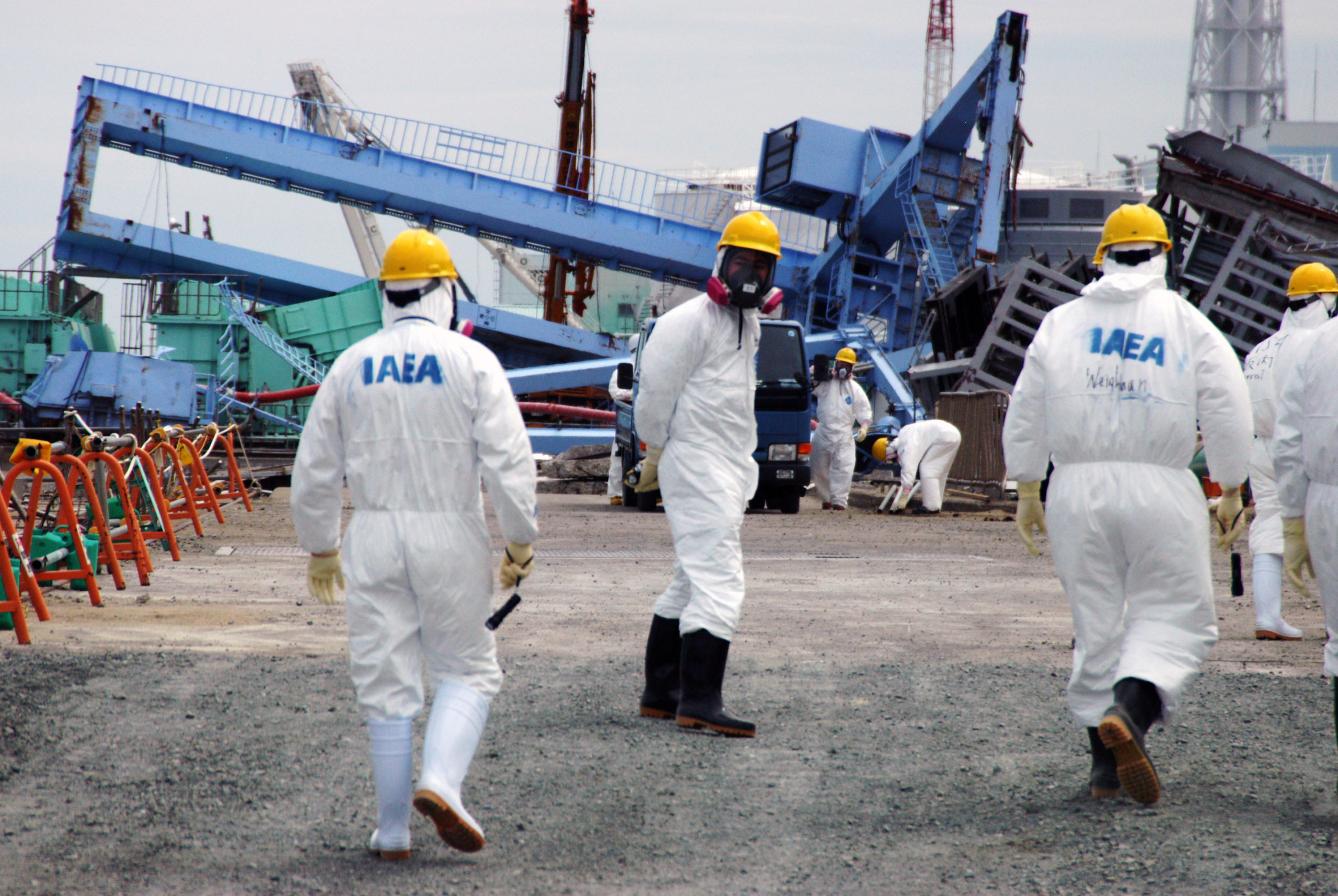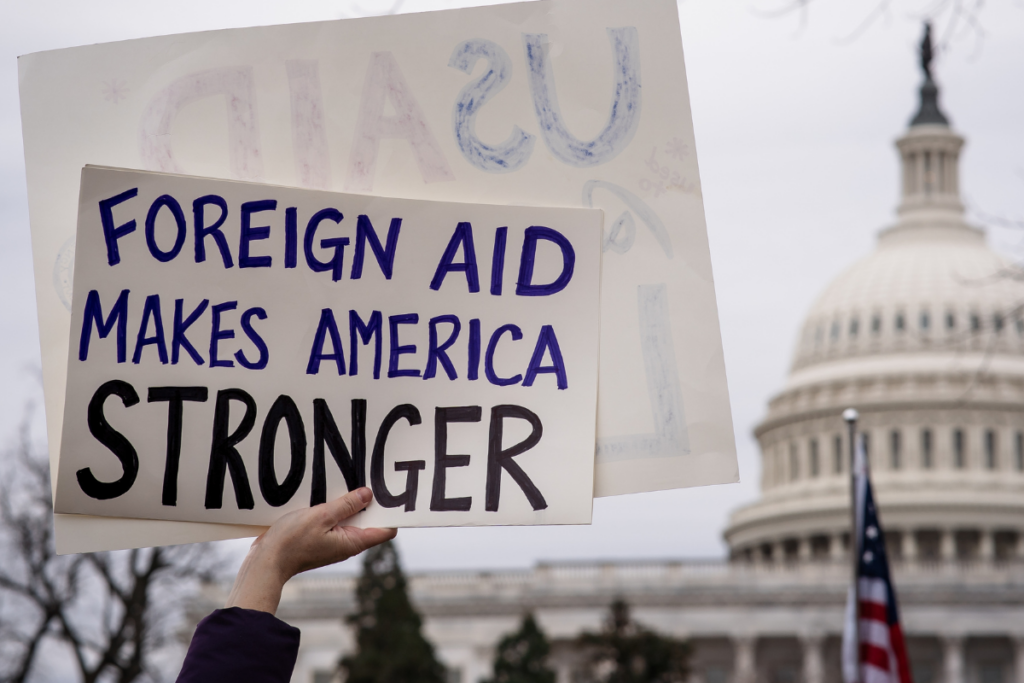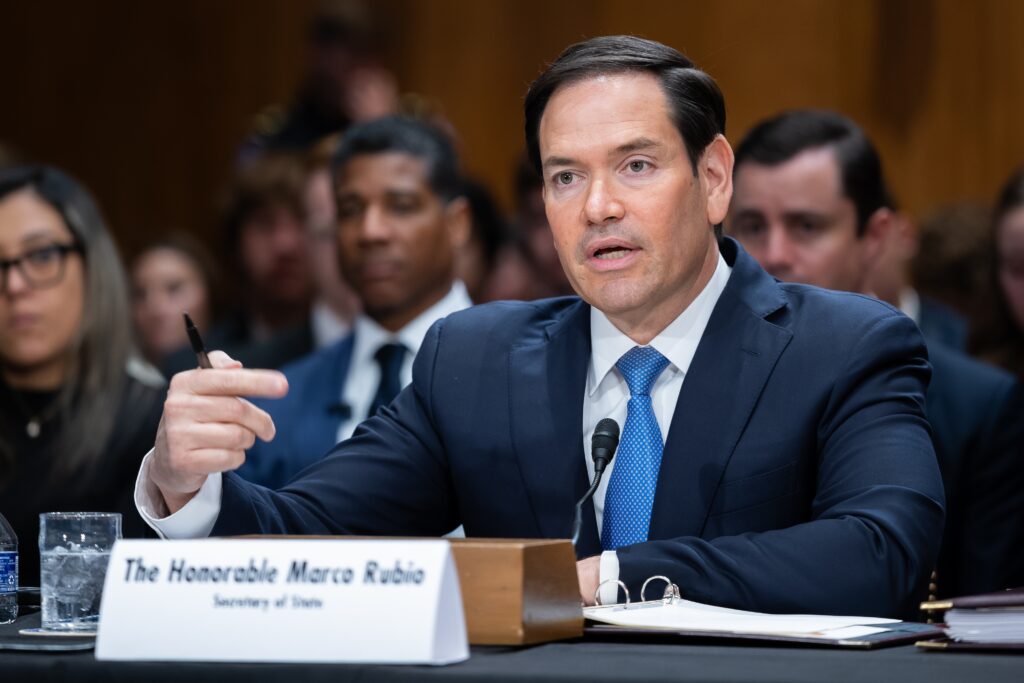By Kelli Meyer
The United Nations system is comprised of the UN, which is headquartered in New York, and more than 30 affiliated organizations—known as programs, funds, and specialized agencies—with their own membership, leadership, and budget processes.
In our “Meet the (UN) Family” series, we’re looking at the UN entities that might not always make the headlines but play an integral part of the UN’s mission to promote global peace and prosperity.
Next up: The International Atomic Energy Agency (IAEA).
In the summer of 1945, the U.S. tested the first-ever nuclear device in Alamogordo, New Mexico. Not three weeks later, the world changed forever with the U.S. dropping atomic bombs over Hiroshima and Nagasaki. Over the next 65 years, the international community has struggled with an ongoing issue: how to restrain the atom’s destructive effects while harnessing its vast potential for peaceful uses.
Fortunately, there is a UN agency tasked with trying to solve this dilemma: The International Atomic Energy Agency (IAEA). Although IAEA is headquartered in Vienna, Austria, and operates offices around the globe, the impetus for the agency’s creation was actually here on U.S. soil. In 1953, U.S. President Eisenhower gave a speech entitled “Atoms for Peace” to the UN General Assembly, where he said “the splitting of the atom may lead to the unifying of the entire divided world.”
So amid both the concerns and expectations generated by the discoveries and diverse uses of nuclear technology, in 1957 the IAEA was born, tasked with working with its Member States and partners worldwide to promote safe, secure and peaceful nuclear technologies. What President Eisenhower couldn’t have predicted was just how much resonance his comments would have over 60 years later.
Since before the signing of the Joint Comprehensive Plan of Action (JCPOA), often referred to as the Iran Nuclear Deal, in 2015, the IAEA played a critical role in monitoring Iran’s nuclear activities, providing the impetus and rationale for an increasingly robust set of sanctions that helped pressure Iran to the negotiating table. Despite the administration’s decision to withdraw from the JCPOA earlier this year, the agency is likely still to be called upon to play a key role in providing the international community with information on Iran’s nuclear activities.
With respect to North Korea, depending on how negotiations between President Trump and Kim Jong-Un go in Singapore on June 12, the agency could also be asked to play a verification role there. During recent testimony on Capitol Hill, Secretary of State Mike Pompeo even referred to IAEA’s expertise in this area. It hardly needs to be said that IAEA’s work in Iran and North Korea achieves our foreign policy objectives by protecting the U.S. against nuclear threats and making sure we don’t have to solve these challenges alone.
In addition to its headline-grabbing work in verification, IAEA-supported projects on beneficial nuclear technologies are contributing to development goals around the world. For instance, IAEA is on the frontlines of the fight against cancer, particularly in improving access to effective cancer treatment in developing countries like Uganda and Cambodia.
IAEA is also a key voice in addressing environmental challenges like ocean acidification, the result of too much carbon dioxide in the ocean, which has emerged as a major global threat to marine organisms and ecosystems. IAEA, along with the U.S. and other partners, are leveraging shared findings, research and funding to mitigate the impact of ocean acidification on the marine environment and coastal communities.
For all these reasons, and many others, the IAEA is an agency demonstrably in our national interest and manifestly worth U.S. investment.
To learn more about IAEA, click here.




